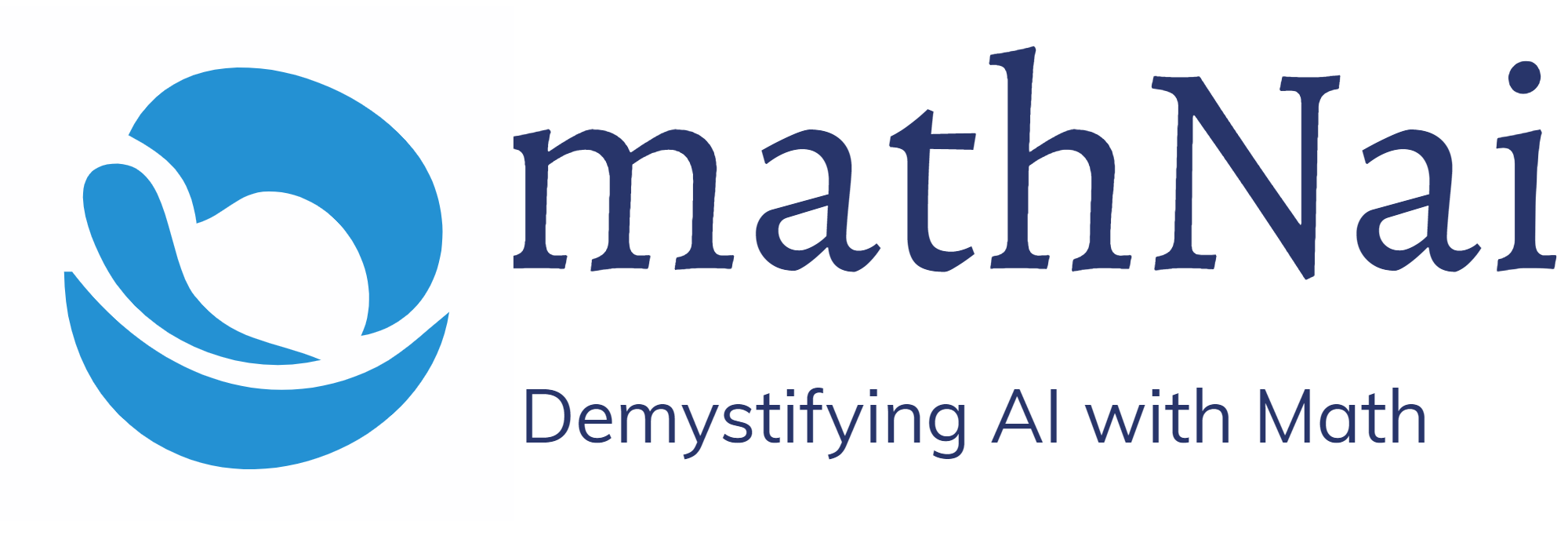When working with large datasets in PySpark, it is common to need to change the number of partitions for better performance or to match the downstream processing requirements. PySpark provides two methods to change the number of partitions of an RDD/DataFrame/Dataset: repartition() and coalesce(). In this post, we will explain the differences between these two methods and when to use each one.
Table of Contents
Repartition
The repartition() method is used to increase or decrease the number of partitions in a DataFrame or RDD. This operation involves a full shuffle of the data to create new partitions. In other words, repartitioning is a costly operation because it involves moving data across the network.
Syntax:
dataframe.repartition(num_partitions, *columns)Parameters:
- num_partitions: Number of partitions into which to divide the DataFrame.
- columns: Optional list of columns to partition by. If no columns are given, the DataFrame is partitioned by a default number of partitions.
Example:
Suppose we have a DataFrame with 4 partitions and we want to increase the number of partitions to 8. We can use the repartition() method as follows:
df = df.repartition(8)In this example, the data will be shuffled across the network and the resulting DataFrame will have 8 partitions.
Coalesce
The coalesce() method is used to decrease the number of partitions in a DataFrame or RDD. Unlike repartition(), coalesce() does not involve a full shuffle of the data. Instead, it tries to minimize data movement by combining adjacent partitions to create new partitions.
Syntax:
dataframe.coalesce(num_partitions)Parameters:
- num_partitions: The number of partitions that the DataFrame should be reduced to.
Example:
Suppose we have a DataFrame with 8 partitions and we want to reduce the number of partitions to 4. We can use the coalesce() method as follows:
df = df.coalesce(4)In this example, the data will be combined between adjacent partitions to create 4 new partitions. The resulting DataFrame will have 4 partitions.
When to use repartition() or coalesce()
- Use repartition() when you need to increase or decrease the number of partitions by a significant amount, or when you want to shuffle the data to redistribute it across the cluster.
- Use coalesce() when you need to decrease the number of partitions, especially if the number of partitions is large and you want to reduce data shuffling.
In general, coalesce() is more efficient than repartition() when reducing the number of partitions, but less efficient when increasing the number of partitions.
Conclusion
In this post, we have explained the differences between repartition() and coalesce() in PySpark. Both methods are used to change the number of partitions in a DataFrame or RDD, but they work differently. Repartition() involves a full shuffle of the data, while coalesce() tries to minimize data movement by combining adjacent partitions. Knowing when to use each method is important for optimizing PySpark performance.
